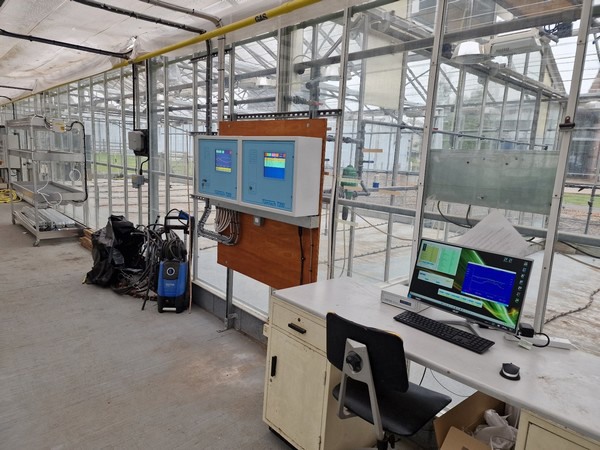Horticulture technology experts Tomtech have upgraded Nottingham University’s control equipment in their Sutton Bonington campus greenhouse to help them save energy and money.
With the rising cost of fuel and the greenhouse relying on outdated technology, Tomtech has installed their latest control equipment to reduce costs and improve growing conditions.
Nottingham University’s greenhouse spans over 320m2 and is serviced by a team of horticultural specialists who undertake work and experiments in a range of disciplines, including plant physiology, nutrition, and seed bulking.
‘The greenhouse’s old control system wasn’t energy efficient. As well as savings on energy and cost, we’ve given the university a lot more control over growing conditions. With our control systems, we’re helping Nottingham University go green!’ says Krzysztof Hernik, Managing Director at Tomtech.

The greenhouse is split into 11 zones, each now served by a separate control panel designed, manufactured, and installed by Tomtech.
The whole network is monitored by two T200 control systems, which automatically control elements, including ventilation, heating, and lighting.
All sensor readings, including air temperature, relative humidity, and pipe temperature, are easily accessible and constantly recorded through Tomtech’s Environment Manager software.
The system also controls the greenhouse’s gas boilers and heating transport pump, turning them on when heat is required and enabling them to distribute hot water via heating loops.
‘We’re confident our system will result in major energy savings, as the old heating transport pump was constantly running even if there was no heat demand,’ adds Krzysztof.
For more information:
Tomtech
www.tomtech.co.uk
